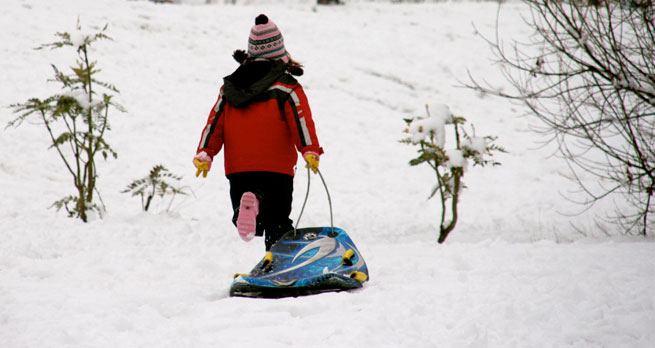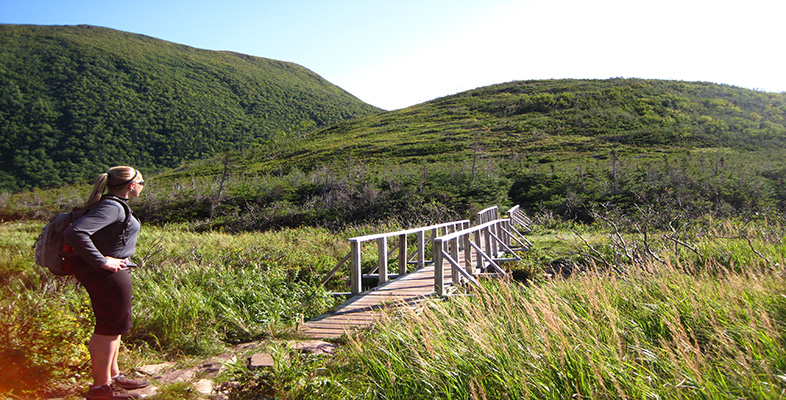 Fun in the snow - but do kids go outside enough during the colder months?
Fun in the snow - but do kids go outside enough during the colder months?
Public health guidelines state that children should accumulate at least an hour per day of moderate to vigorous intensity physical activity, which might include brisk walking or running, active participation in sports or exercising. At the same time, children should minimise the amount of time they spend sitting for extended periods.
To examine the seasonal variation in children’s behaviour, researchers at the Medical Research Council (MRC) Epidemiology Unit and Centre for Diet and Activity Research (CEDAR) at the University of Cambridge used data from the UK Millennium Cohort Study, which measured levels of physical activity in more than 700 seven year old children across a calendar year using accelerometers. Using the data, they also modelled the relationship between levels of activity and variables such as gender, weight and family income. The results of their study are published in the journal Medicine & Science in Exercise & Sport.
The researchers found that physical activity was lower in autumn and winter compared to spring; average activity levels across the group peaked in April at 65.3 min/day and reached their lowest levels in February at 47.8 min/day. Physical activity was at its lowest at weekends during winter. Children were at their most active during early summer, particularly at weekends.
The models suggested that boys’ activity levels changed more than girls’ throughout the year, but remained higher than girls’ at all times. Although on average, boys achieved the recommended minimum activity even at winter, girls only tended to reach recommended levels during the summer.
“Physical activity is important for children’s health and development, but many do not get enough exercise,” says the study’s first author Dr Andrew Atkin, from the MRC Epidemiology Unit and CEDAR. “During spring and summer, when the weather is better and the days are longer, they tend to be playing out and more active, but during the darker, colder months, they are much less active.”
The team argues that the findings provide further support for initiatives aimed at encouraging physical activity amongst children during winter, particularly at the weekend. To some extent, the structure of the school day, including the need to travel to and from school, protects against inactivity during weekdays in term time.
“Children need to be given more opportunities to be active, particularly during the winter months and when the weather is bad,” adds Dr Esther van Sluijs, the study’s senior author also from CEDAR. “This might include better access to indoor spaces where children can be active or through schools changing their policies related to the use of indoor and outdoor spaces during bad weather.”
The study was largely supported by the UK Clinical Research Collaboration, whose funding comes from the British Heart Foundation, Department of Health, Economic and Social Research Council, Medical Research Council, and the Wellcome Trust. The Millennium Cohort Study was funded by the Economic and Social Research Council.
This article was originally published by the Cambridge University research blog

Rate and Review
Rate this article
Review this article
Log into OpenLearn to leave reviews and join in the conversation.
Article reviews